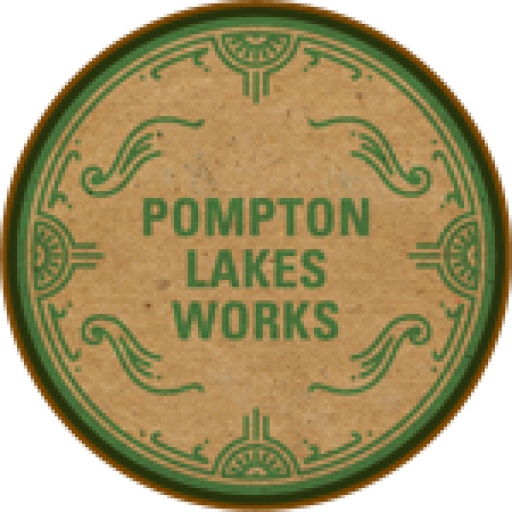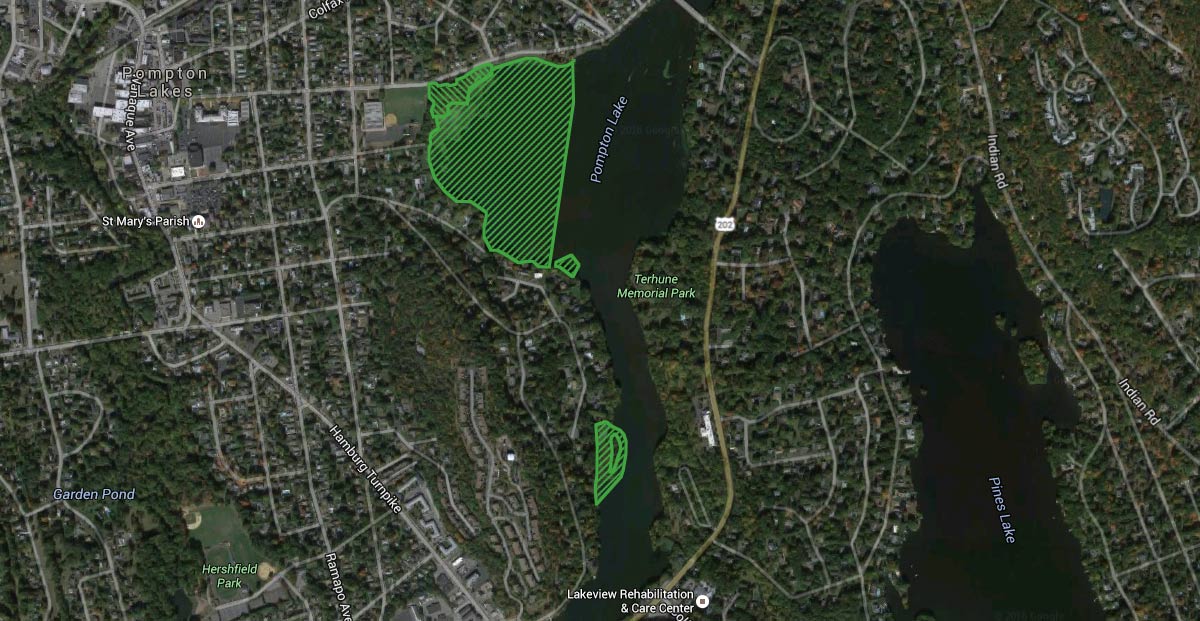Monitoring Program Data View Archives
Environmental monitoring of surface water (turbidity), air (dust and mercury vapor), and noise was conducted in accordance with the CMI work plan during the removal phases of the remediation program. Chemours is committed to sharing monitoring data (turbidity, dust, mercury vapor) collected during remedy implementation with the community. The graphs below contain data from the various monitoring locations around the project area.1. Wind Monitoring
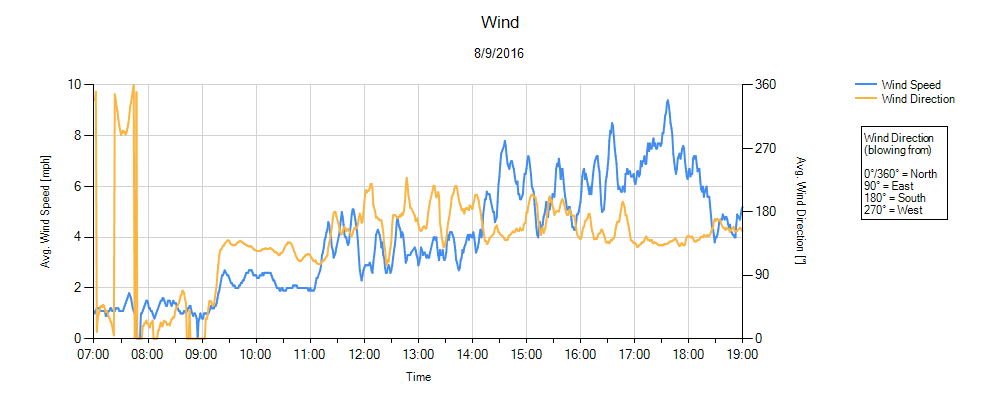
Click Image to Enlarge
2. PM10 Particulate (Dust) Monitoring
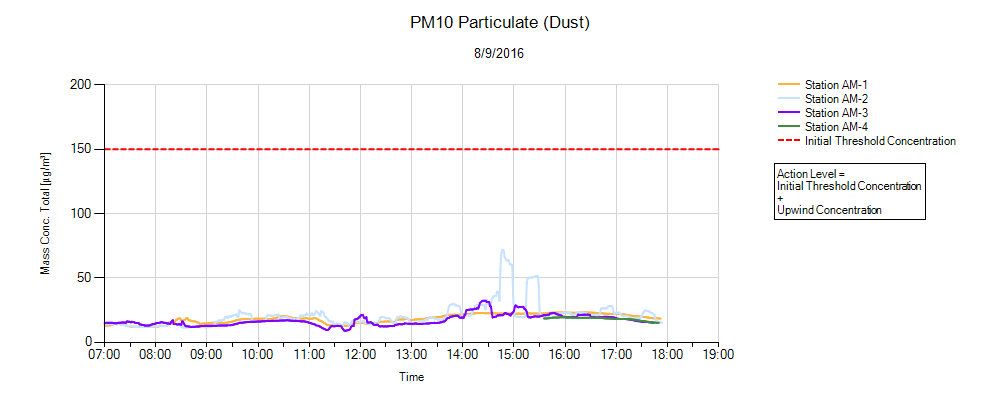
Click Image to Enlarge
Comments
Although the dust monitor was operating normally, it was identified that the data modem at the AM-4 monitoring station was not operating properly when started for the day.
The equipment vendor was notified immediately upon discovering the issue and a new modem was delivered to the work site by mid-afternoon and installed.
The AM-4 monitoring station was the upwind station for the day and the air monitoring team manually recorded the dust readings at this station on a routine basis to document upwind dust concentrations.
3. Mercury Vapor Monitoring
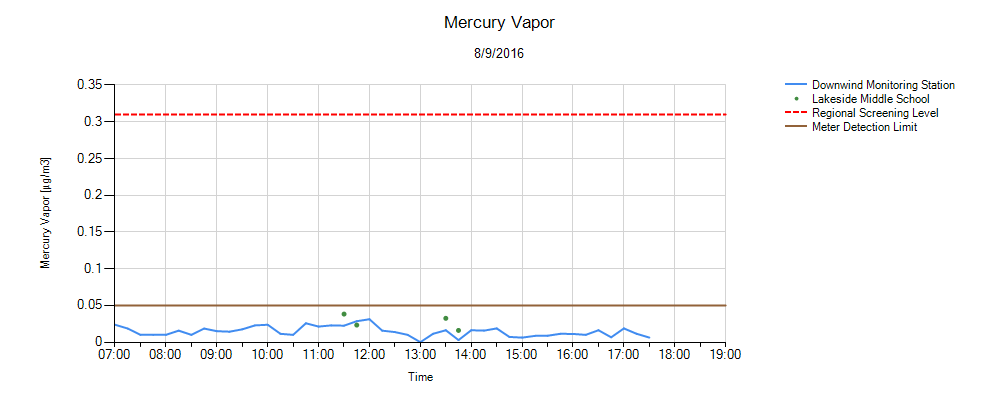
Click Image to Enlarge
4. Turbidity Monitoring
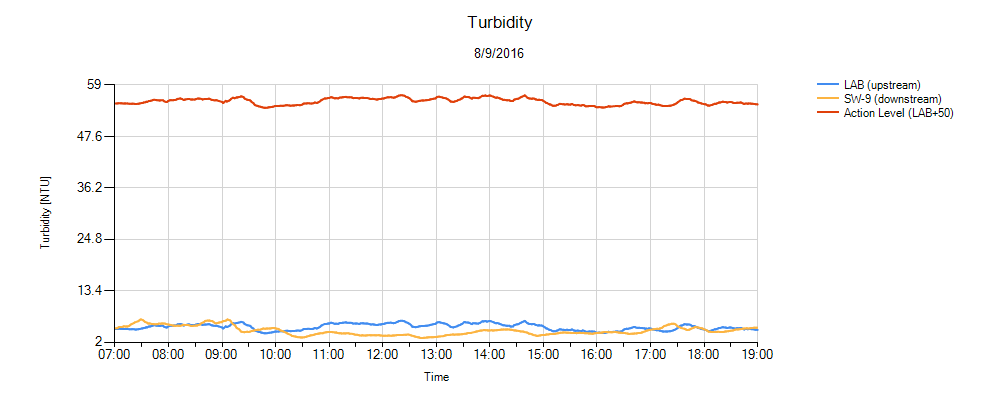
Click Image to Enlarge
View Archives
